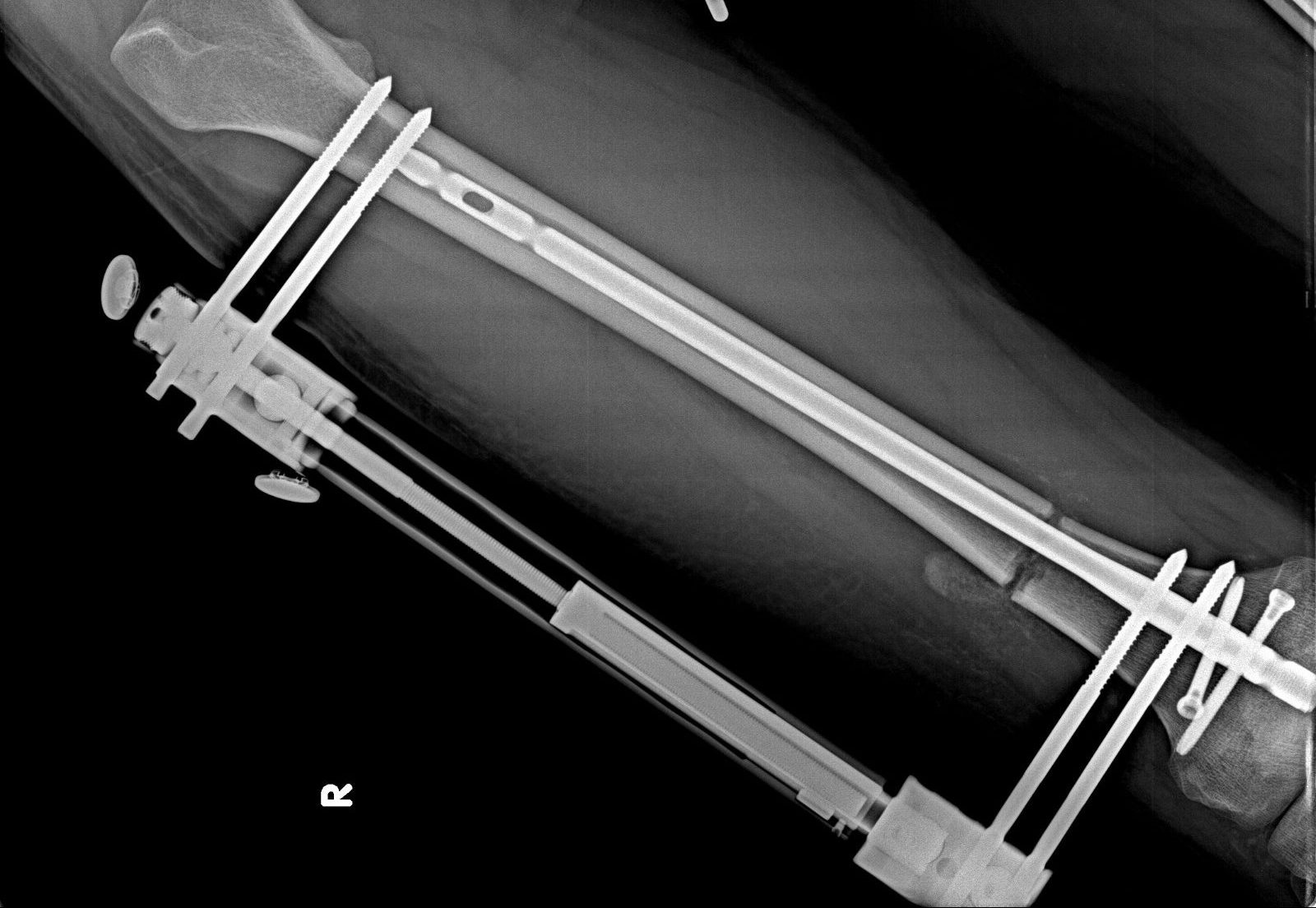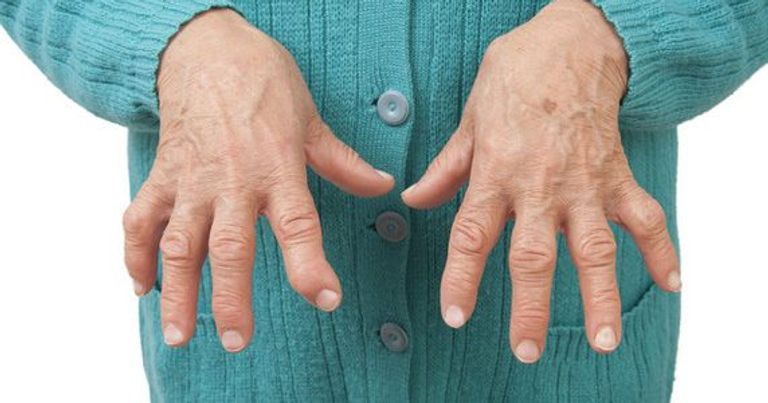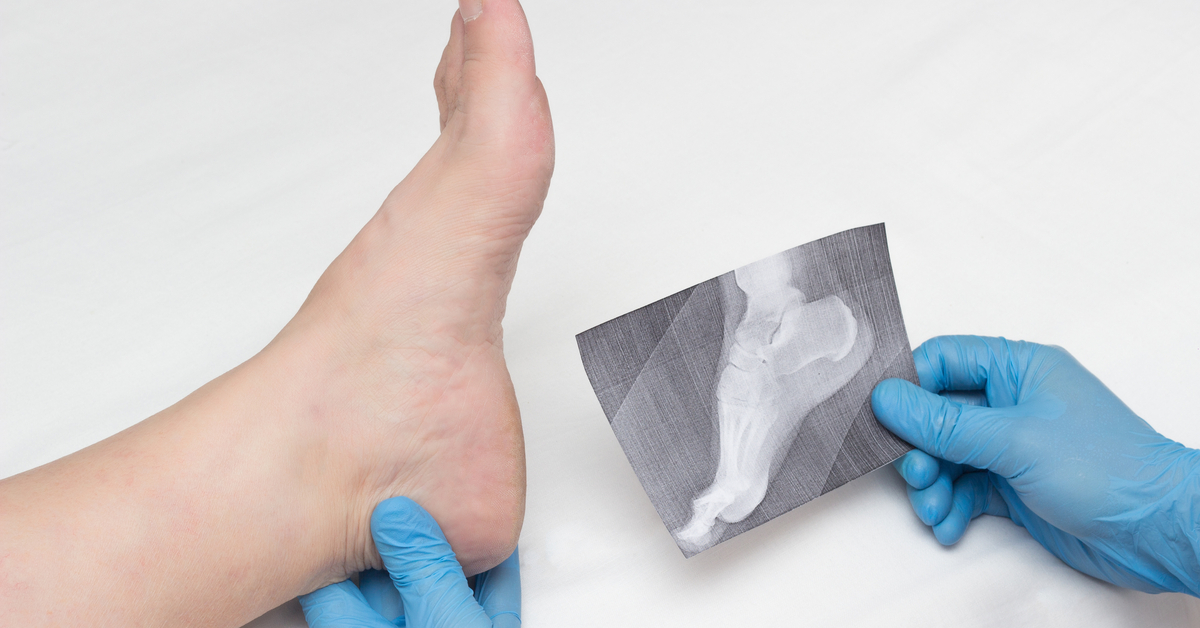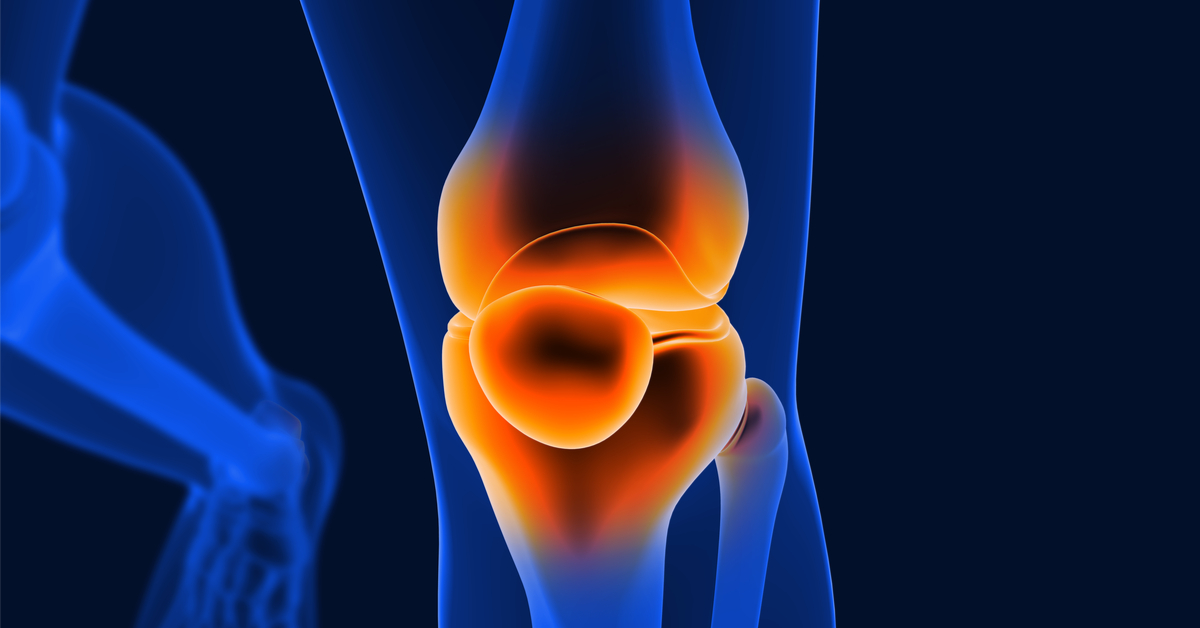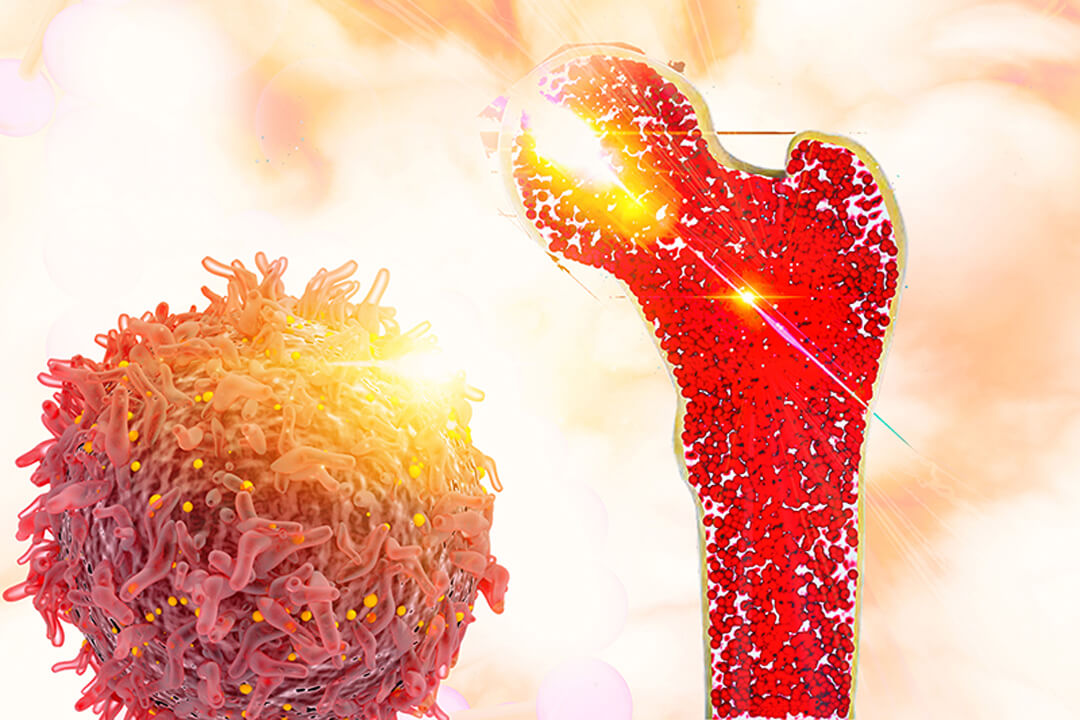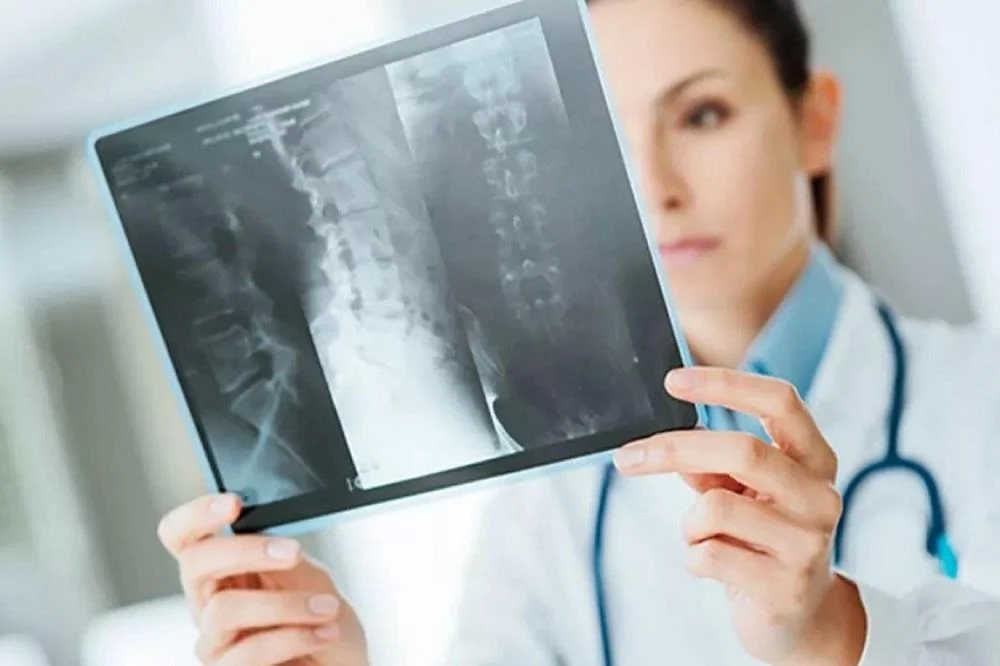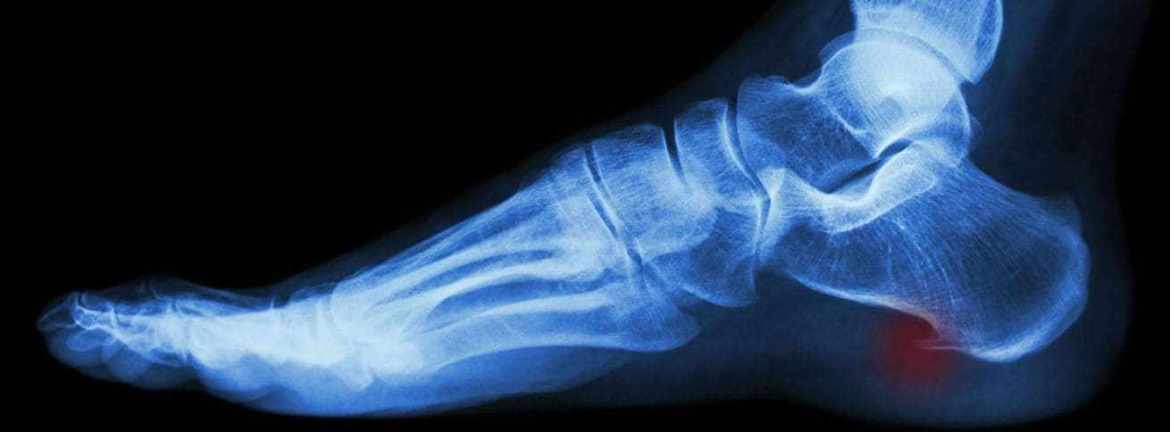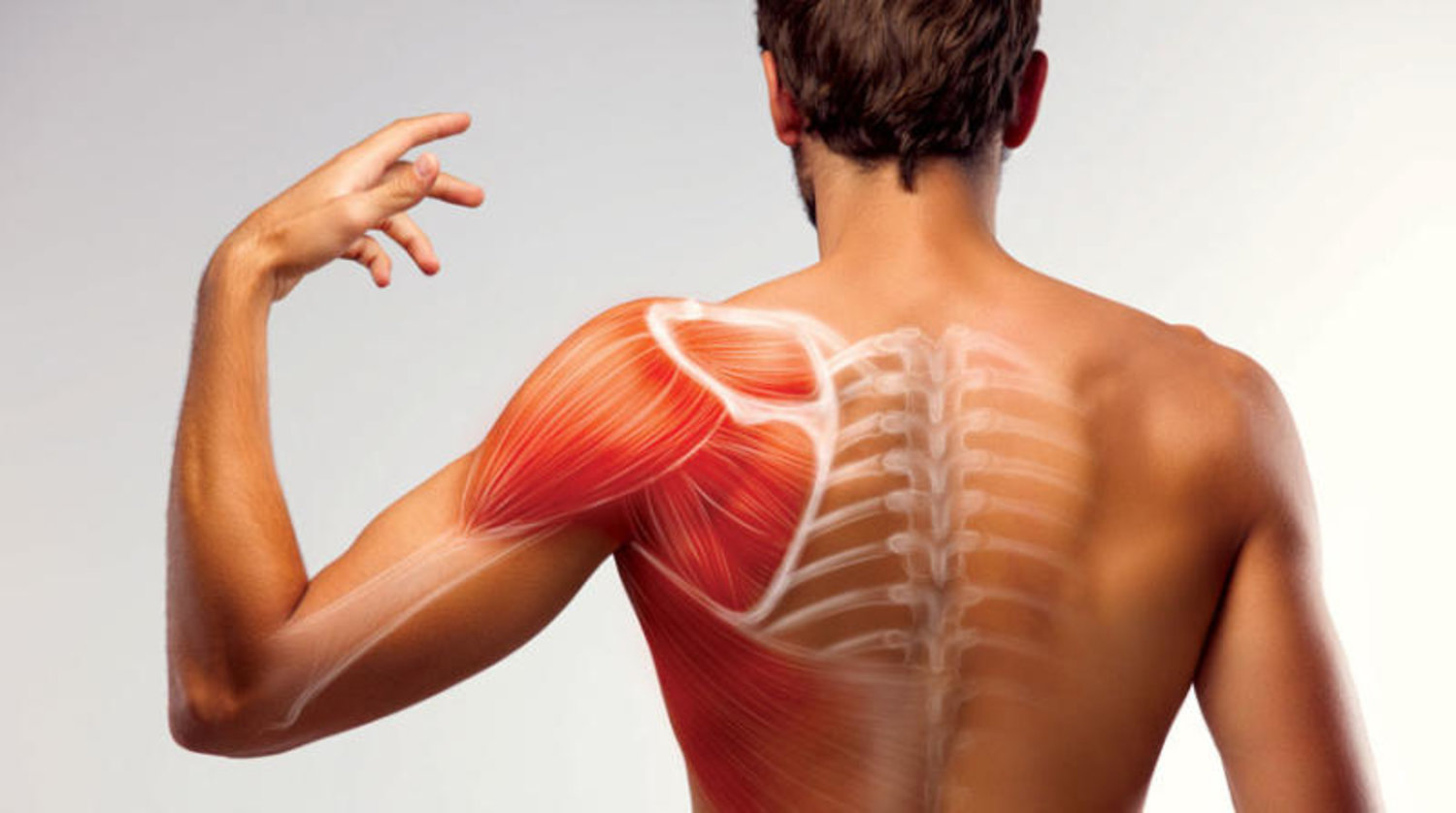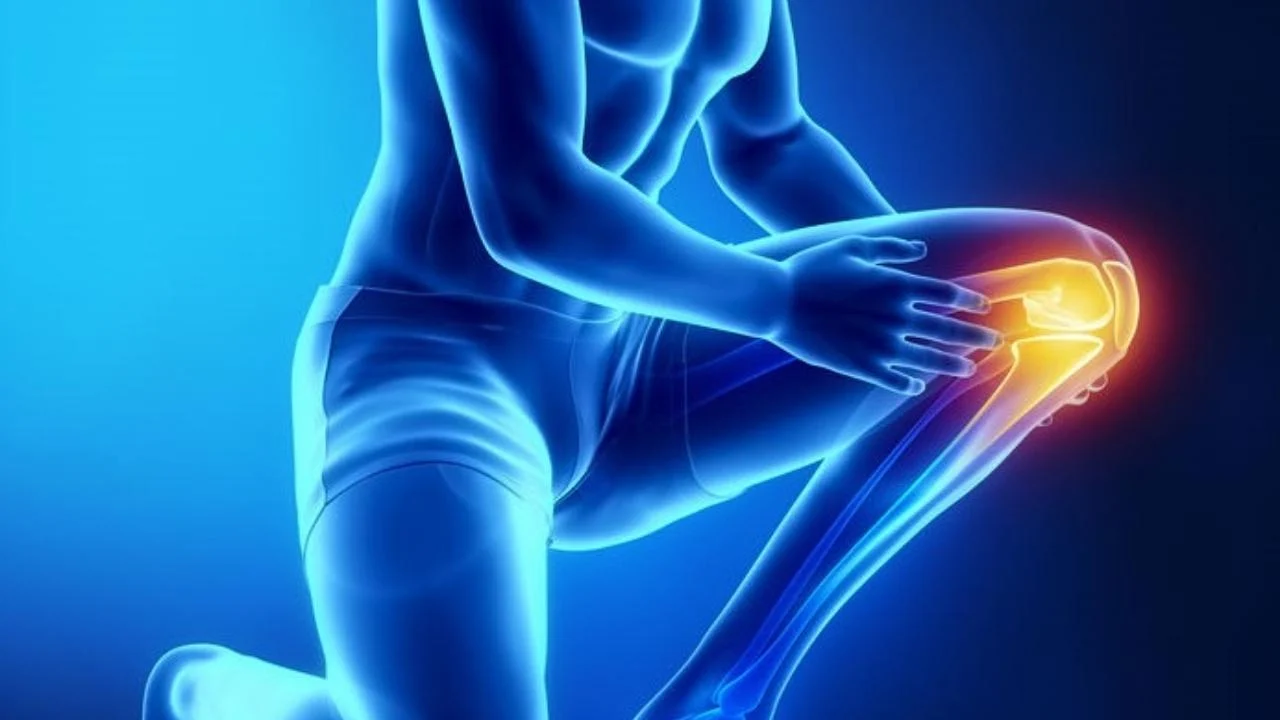Learn about pseudo-sciatica
There is a difference between true and false sciatica, and we show you the full details and information that occur as follows.
False sciatica
False sciatica is pain that occurs in the sciatic nerve, but it is the result of the piriformis muscle, which has a muscle disorder in a condition called piriformis muscle syndrome, and this muscle is located in the buttocks near the hip joint and mainly helps in the human ability to move.
False sciatica is called the piriformis syndrome because real sciatica is often caused by health problems in the spine and affects the increase in inflammation of the sciatic nerve, but false sciatica occurs due to a disorder in the piriformis muscle, which in turn puts pressure on the sciatic nerve and leads to the emergence of sciatica symptoms.
Causes of false sciatica
There are some factors and causes that contribute to the occurrence of pseudo-sciatica, including:
- Excess stress due to violent and repetitive activities.
- The presence of an injury to the piriformis muscle, such as a cut or tear.
- Exposure to accidents such as falls or car accidents.
- Sitting still for a long time.
- Sometimes false sciatica occurs as a result of carrying heavy objects.
Symptoms of false sciatica
Here are some signs and symptoms that indicate a person has pseudo-sciatica:
- The presence of lower back pain extends to the thigh and leg.
- There is a burning-like ache in the leg muscles.
- Leg cramps with severe pain.
- The affected leg begins to become numb or tingly.
What is the difference between sciatica and varicose veins?
There is a difference between sciatica and varicose veins in more than one thing, including causes and treatment, as well as the effect of both diseases on the patient’s body, but some people confuse varicose veins and sciatica because they cause pain in the leg and foot.
Causes of varicose veins and sciatica
There is certainly a difference between the causes of sciatica and the cause of varicose veins in the leg, and the difference is as follows:
Sciatica
It is possible that there is more than one factor that affects a person’s sciatica, including prolonged sitting or obesity, and also spine diseases, especially herniated discs, which are one of the main causes that lead to inflammation of the sciatic nerve and the occurrence of sciatica.
Varicose veins
Varicose veins occur due to swelling or enlargement of the veins, especially the superficial veins, and their color changes to purple or blue, and some people may feel severe pain associated with the injury, while others do not feel pain, and inflammation usually occurs in the veins of the leg.
Symptoms of sciatica and varicose veins
It is possible to differentiate between sciatica and varicose veins through the symptoms of the two diseases, which are as follows:
Sciatica symptoms
The person feels pain that runs the length of the leg from the lower back to the end of the affected toes.
- The presence of a tingling sensation in the affected leg limits the person’s movement.
- Feeling of weakness in the muscles, especially in the affected leg.
Symptoms of varicose veins
- A feeling of pain and heaviness in the leg.
- The affected vein changes color to blue.
- Feeling a cramp in the affected leg muscles.
- A change in skin color and itching.
It is important for the injured person to refer to the attending physician in order to accurately diagnose the diseased condition, whether in the case of sciatica or varicose veins, and the early start of treatment certainly has an effect on the person obtaining recovery without significant damage to the affected part.
Sciatica damage
Sciatica is an acute pain that affects the leg, buttocks, and lower back vertebrae. It is the result of inflammation of the longest nerve of the body, which is the sciatic nerve. There are different types of sciatica, including surgical and non-surgical treatments, and they have a good effect on pain and reduce it.
When sciatica treatment is neglected, it certainly negatively affects the condition of the nerves and muscles in the leg, and here are the complications of sciatica:
- Inability to move the leg affected by sciatica.
- Difficulty walking and a feeling of pain in the leg.
- Inability to control urine.
- Damage to the nerves may turn temporary sciatica into chronic.

